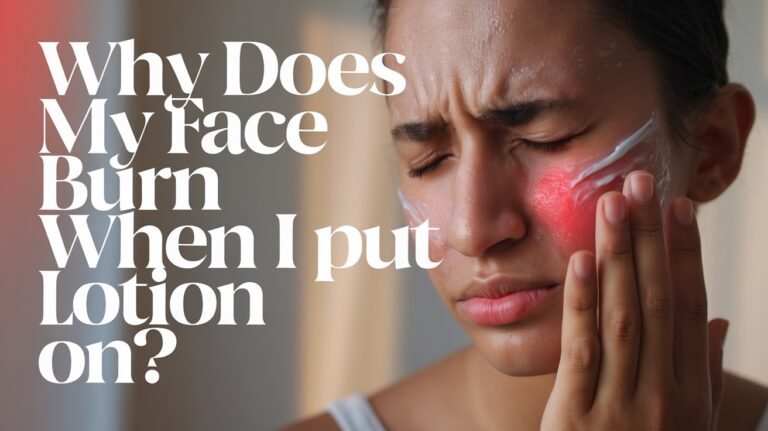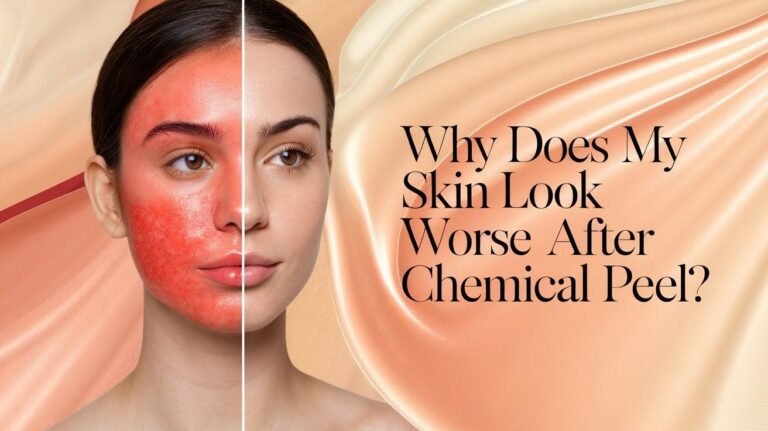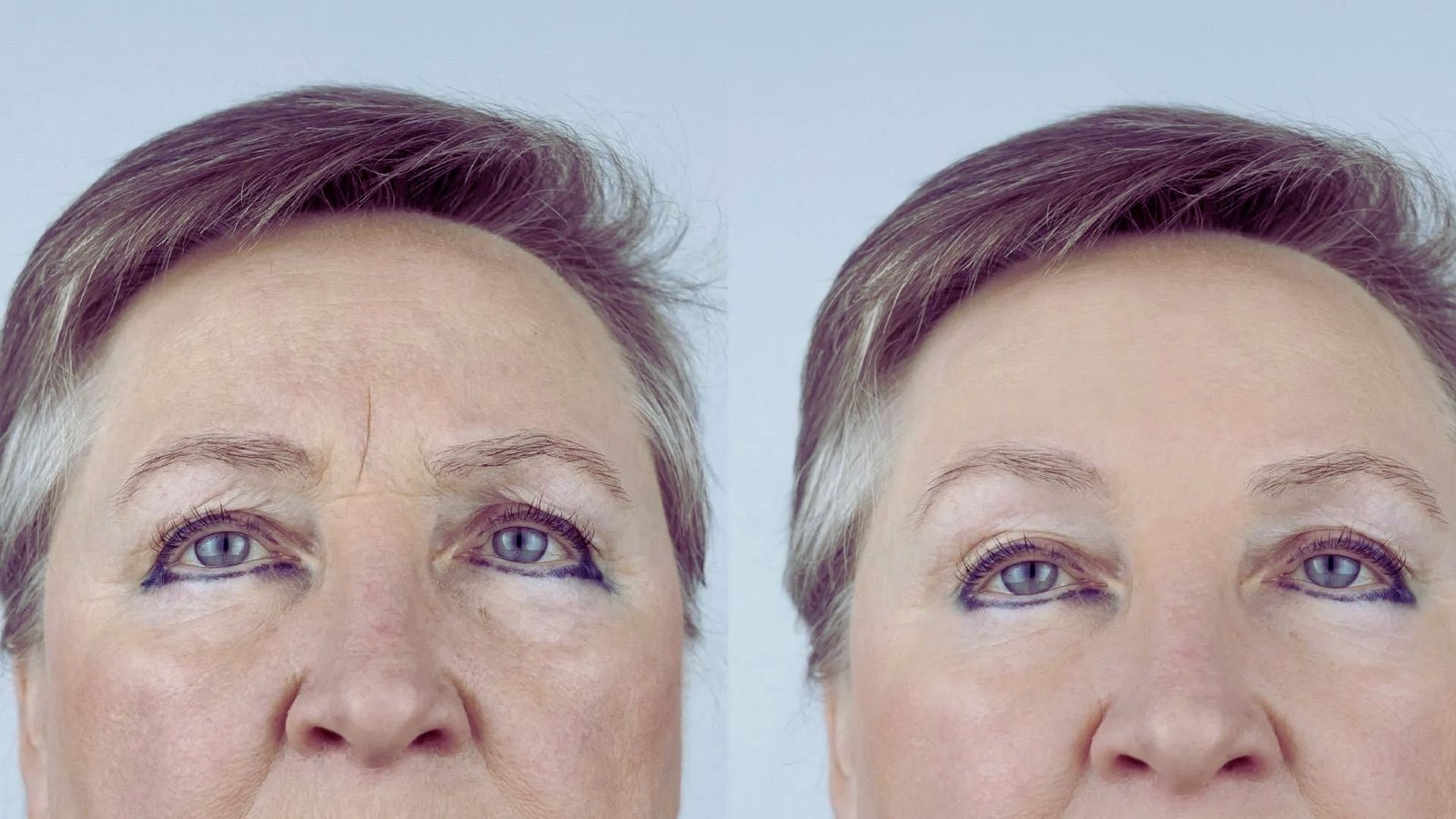Does Dermaplaning Cause Acne?
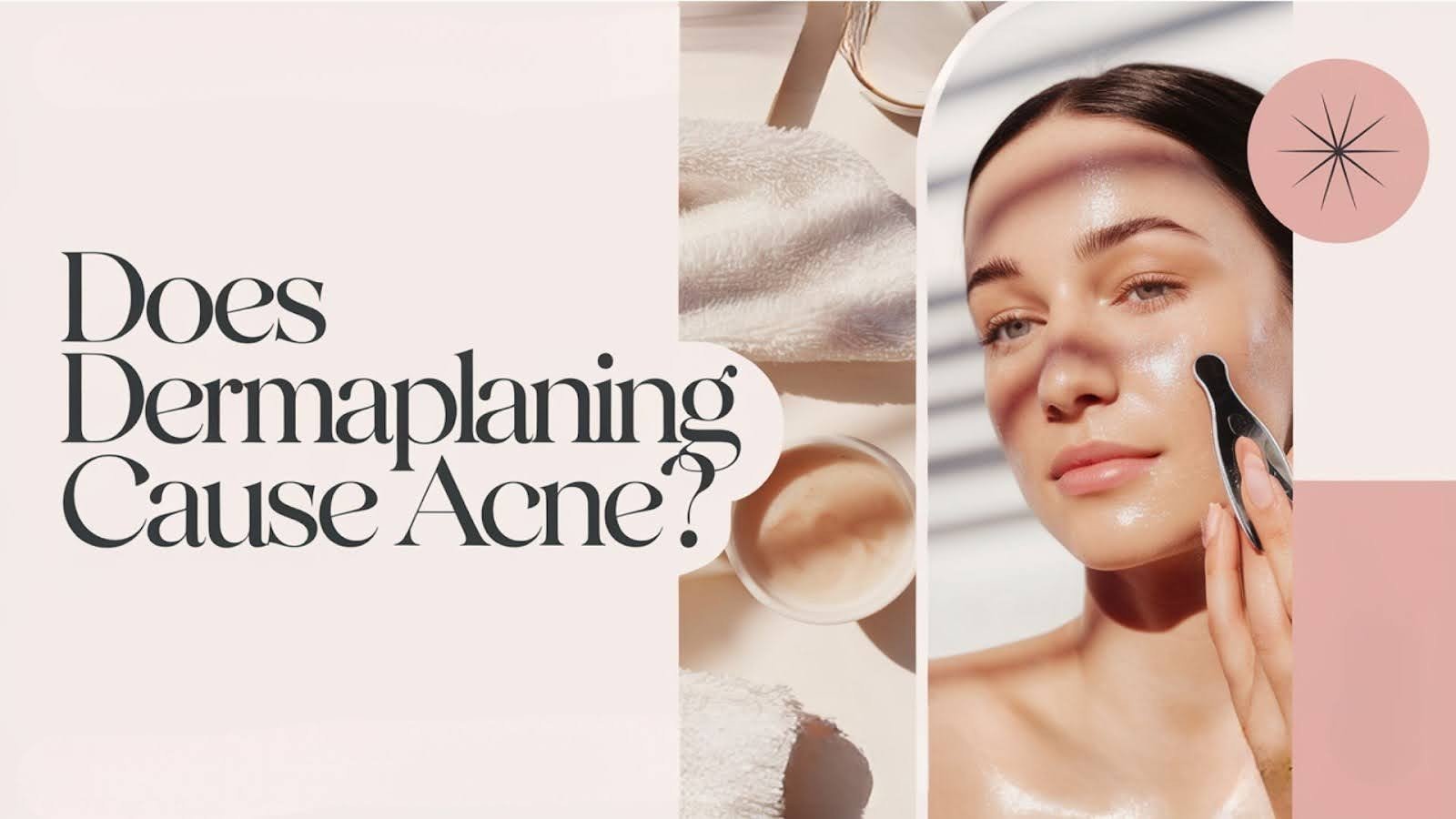
Dermaplaning has gained significant attention in recent years as more people seek smooth, radiant skin through this exfoliation technique.
However, those with acne-prone skin often hesitate, wondering if this treatment might worsen their breakouts or create new skin problems.
As someone who has witnessed countless clients express these exact concerns, I understand the confusion surrounding dermaplaning and its relationship with acne.
The internet is filled with conflicting information, leaving many unsure about what’s safe for their skin type.
This article aims to clear up the misconceptions and provide you with evidence-based facts about dermaplaning.
We’ll examine how this treatment actually affects acne-prone skin and share practical skincare advice to help you make an informed decision about incorporating dermaplaning into your routine.
What Is Dermaplaning?
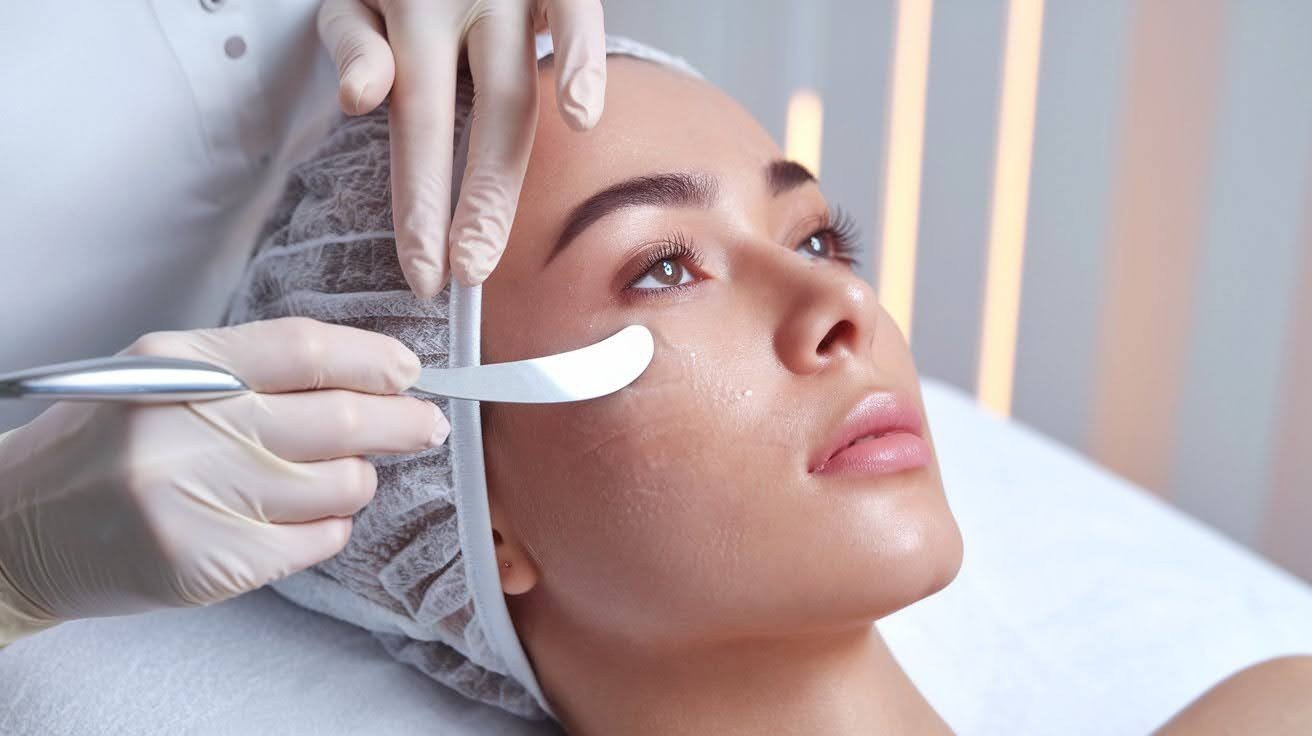
Dermaplaning is a professional skincare treatment that uses a sterile surgical scalpel to gently scrape away the top layer of dead skin cells and fine facial hair, commonly known as peach fuzz.
This non-invasive procedure involves holding the skin taut while making light, feathering strokes across the face at a 45-degree angle.
The treatment serves a dual purpose: it provides physical exfoliation by removing built-up dead skin cells while simultaneously eliminating vellus hair that can trap dirt and oil.
This combination leaves the skin feeling incredibly smooth and allows skincare products to penetrate more effectively.
While professional dermaplaning performed by licensed estheticians or dermatologists remains the gold standard, at-home versions have become increasingly available.
Professional treatments use medical-grade tools and proper technique, ensuring safety and optimal results. DIY options, though more affordable, require careful consideration of proper tools, sanitation, and technique to avoid potential skin damage or irritation.
Can Dermaplaning Cause Acne?

The short answer is no, dermaplaning itself does not directly cause acne. In fact, by removing dead skin cells and debris that can clog pores, this treatment often helps prevent breakouts. However, the situation isn’t quite that simple.
Certain circumstances can lead to post-dermaplaning breakouts, though these are typically temporary reactions rather than true acne formation.
Improper technique, using non-sterile tools, or failing to follow proper aftercare can introduce bacteria to freshly exfoliated skin, potentially causing irritation or minor breakouts.
Several key factors influence how your skin responds to dermaplaning. Your current skin condition plays a crucial role-active breakouts or inflamed acne should be avoided during treatment. The quality of tools used, whether professional or at-home, significantly impacts results.
Additionally, your post-treatment skincare routine and sun protection habits can determine whether you experience smooth, glowing skin or temporary irritation.
Understanding these variables helps explain why some people experience flawless results while others may notice minor skin reactions following their dermaplaning session.
5 Common Reasons for Post-Dermaplaning Breakouts
Understanding these five triggers helps prevent unwanted skin reactions and ensures your dermaplaning experience delivers the smooth, clear results you expect.
1. Poor Aftercare and Clogged Pores

Neglecting proper post-treatment care is the leading cause of breakouts after dermaplaning. Freshly exfoliated skin needs gentle cleansing and appropriate moisturizing to maintain its barrier function.
Skipping your skincare routine, using dirty pillowcases, or failing to remove makeup thoroughly can allow bacteria and debris to settle into newly opened pores.
The key is maintaining a consistent, gentle routine that supports your skin’s healing process without overwhelming it with too many products.
2. Skin Sensitivity and Temporary Irritation
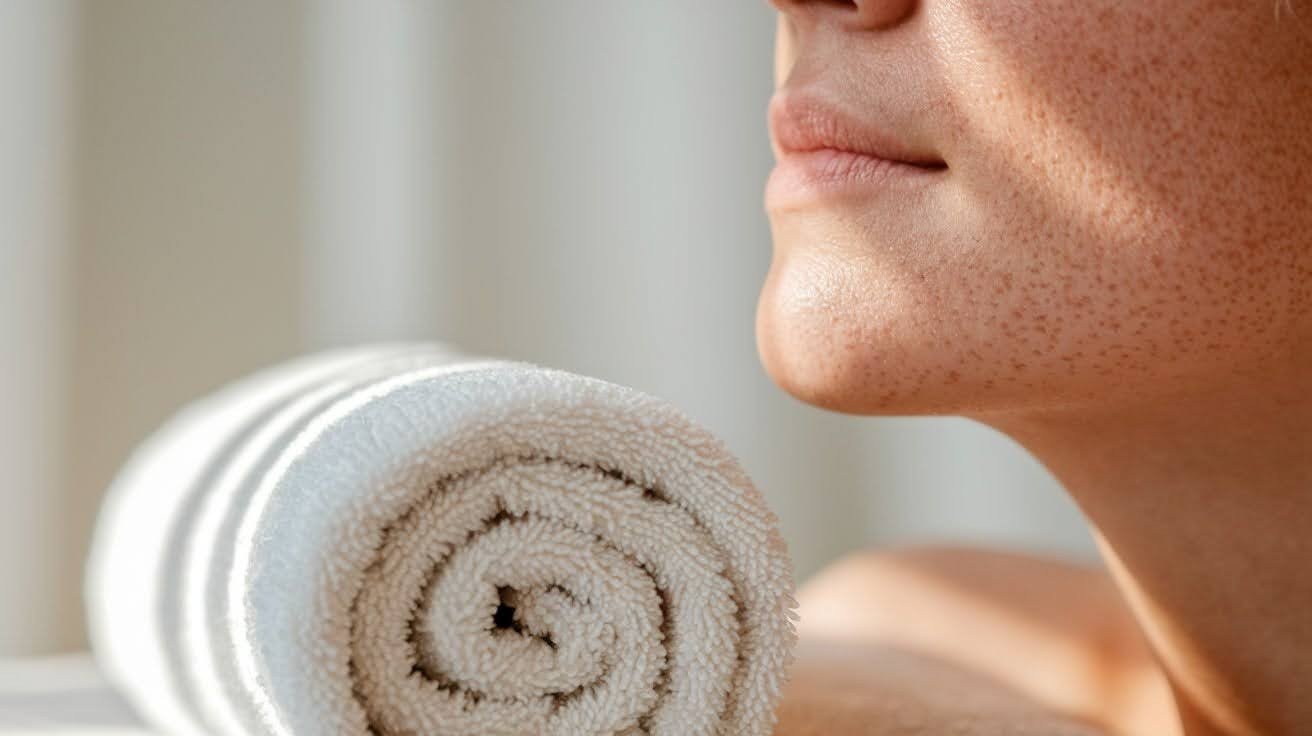
Some individuals experience heightened sensitivity following dermaplaning, which can manifest as small bumps or redness that resembles acne.
This reaction occurs when the skin’s protective barrier becomes temporarily compromised during treatment.
People with naturally sensitive skin or those new to exfoliation treatments are more prone to this response. These irritation-based breakouts typically resolve within 24-48 hours as the skin adjusts and heals.
3. Performing It on Active Acne
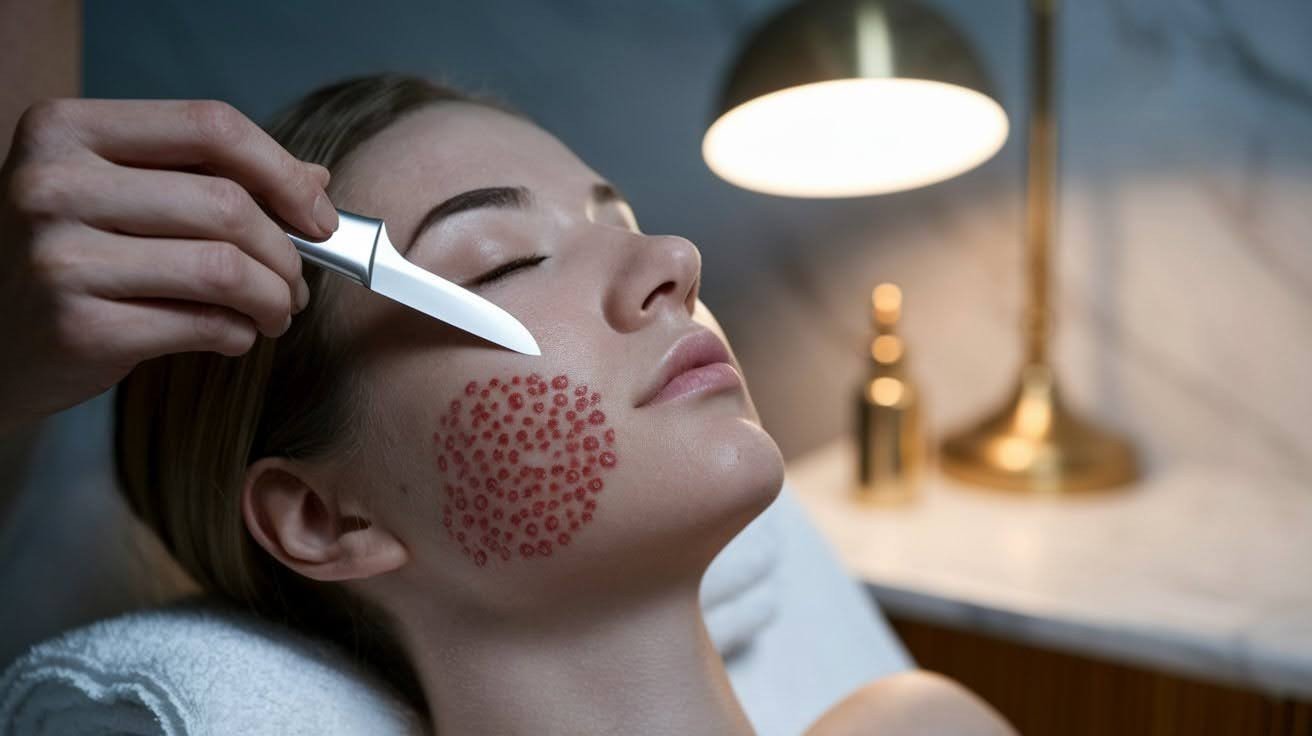
One of the biggest mistakes is dermaplaning over existing breakouts or inflamed acne lesions.
The blade can spread bacteria from active pimples to other areas of the face, creating new breakouts or worsening existing ones.
Additionally, scraping over inflamed skin can cause further irritation and delay the healing process. Always wait until active breakouts have completely healed before scheduling a dermaplaning session to avoid complications.
4. Harsh or Comedogenic Products Post-Treatment

Using the wrong products immediately after dermaplaning can trigger breakouts in freshly exfoliated skin.
Heavy, pore-clogging ingredients like certain oils or thick creams can overwhelm newly exposed skin cells. Similarly, introducing active ingredients like retinoids or strong acids too soon can cause irritation that appears similar to acne.
Stick to gentle, non-comedogenic products for at least 48 hours post-treatment to allow your skin to recover properly.
5. Touching the Face Too Often After Treatment
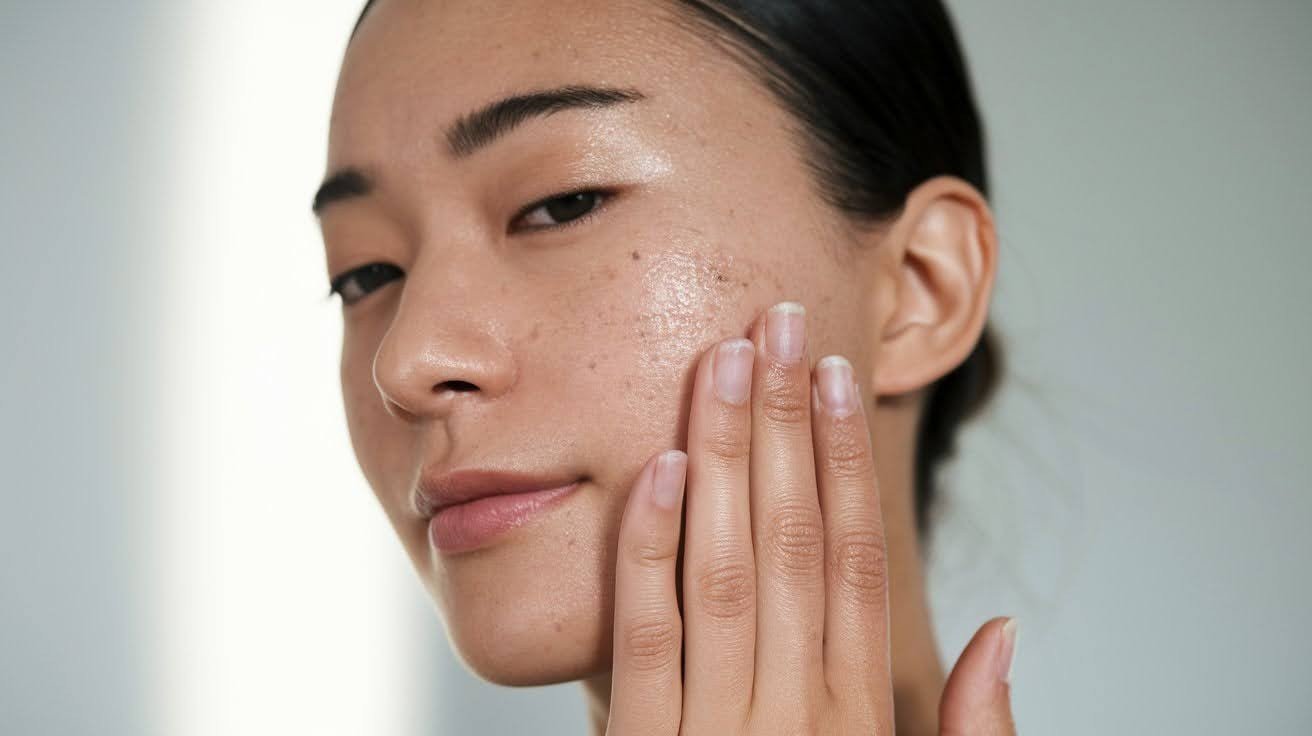
Constantly touching your newly smooth skin transfers bacteria from your hands directly to vulnerable, freshly exfoliated areas.
This habit becomes particularly tempting after dermaplaning because the skin feels so incredibly soft and smooth.
However, frequent touching introduces oils, dirt, and bacteria that can quickly clog pores and lead to breakouts. Be mindful of keeping your hands away from your face, especially during the first few days following treatment.
How to Prevent Breakouts After Dermaplaning
- Use a gentle, non-foaming cleanser like cream-based or oil cleansers to avoid stripping your skin’s natural moisture barrier. Gently massage onto damp skin with fingertips, rinse with lukewarm water, and pat dry with a clean towel.
- Apply a lightweight serum with soothing ingredients like hyaluronic acid, niacinamide, or aloe vera to calm and hydrate skin. Avoid active ingredients like vitamin C, retinol, or acids for at least 48 hours after treatment.
- Keep skin hydrated with non-comedogenic moisturizers while avoiding products containing alcohol, fragrances, or strong actives. Skip exfoliating scrubs and alcohol-based toners during the recovery period to allow proper healing.
- Resist touching your newly smooth skin as hands carry bacteria that can transfer to vulnerable, freshly treated areas. Be especially careful during the first 24-48 hours when your skin barrier is most compromised.
- Apply broad-spectrum SPF 30 or higher every morning and reapply throughout the day when outdoors. Freshly dermaplaned skin is more sensitive to UV damage and prone to hyperpigmentation without proper protection.
Final Thoughts
Through years of working with clients and observing countless dermaplaning treatments, I can confidently say that this procedure doesn’t cause acne when performed correctly.
The key lies in three critical elements: proper technique, strict hygiene standards, and diligent aftercare practices.
I’ve witnessed remarkable results when these fundamentals are respected, and temporary setbacks when they’re ignored.
The difference between a successful treatment and problematic breakouts often comes down to attention to detail and following proven protocols.
Every individual’s skin responds differently, which is why I always recommend consulting with qualified skincare professionals who can assess your specific needs and create personalized treatment plans.
Don’t let misconceptions prevent you from experiencing the benefits of properly executed dermaplaning. With the right approach and professional guidance, you can achieve the smooth, radiant complexion you’re seeking while maintaining healthy, clear skin.
Frequently Asked Questions
Does dermaplaning directly cause acne breakouts?
No, dermaplaning itself doesn’t cause acne when performed correctly with proper hygiene and technique. Any breakouts that occur are typically due to poor aftercare, contaminated tools, or treating already inflamed skin.
Can I do dermaplaning if I have acne-prone skin?
Yes, people with acne-prone skin can benefit from dermaplaning, but timing is crucial. Avoid the treatment during active breakouts and wait until your skin is clear to prevent spreading bacteria.
Why do some people break out after dermaplaning?
Post-dermaplaning breakouts usually result from using dirty tools, touching the face frequently, or applying heavy products too soon. Poor aftercare and performing the treatment over active acne are also common causes.
How long should I wait between dermaplaning sessions?
Most professionals recommend waiting 3-4 weeks between sessions to allow your skin to fully regenerate. This timing prevents over-exfoliation and gives your skin adequate recovery time.
What should I avoid immediately after dermaplaning?
Skip active ingredients like retinoids and acids for 48 hours, avoid touching your face, and stay away from harsh or comedogenic products. Sun exposure without proper SPF protection should also be avoided.


